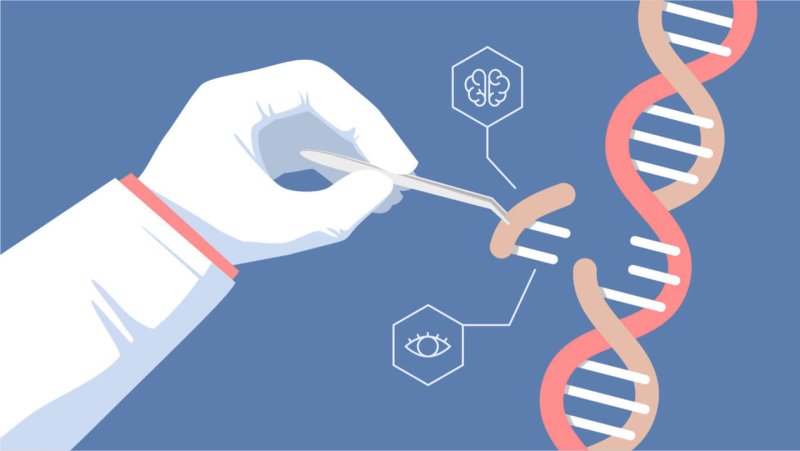Many scientists assume that if a chunk of a gene is missing then the protein that it encodes will not function, or even be produced.
Researchers at the European Molecular Biology Laboratory in Heidelberg, Germany used CRISPR to make cuts in 136 different genes. In about a third of cases, proteins were still produced from these “damaged” genes and, furthermore, many of the proteins remained partially functional. This strange phenomenon, of damaged DNA producing functional protein, does more than punctuate life’s remarkable adaptability and resilience.
It means that dozens, or hundreds, of studies that used CRISPR/Cas9 to knock out genes, but failed to validate that the encoded protein was fully removed, could be incorrect or misleading.
…
The problem with major scientific developments, especially CRISPR/Cas9, is that experimental tools often explode in popularity before scientists and editors can implement standard procedures.
…
Unfortunately, academic institutions and scientific publishers are hulking bureaucracies with slow-moving policy changes. Ensuring that CRISPR/Cas9 produces repeatable experiments – rather than blemishes on the scientific record – will require the collective action of scientists. It will demand self-governance.
Read full, original post: Here’s why many CRISPR/Cas9 experiments could be wrong – and how to fix them































